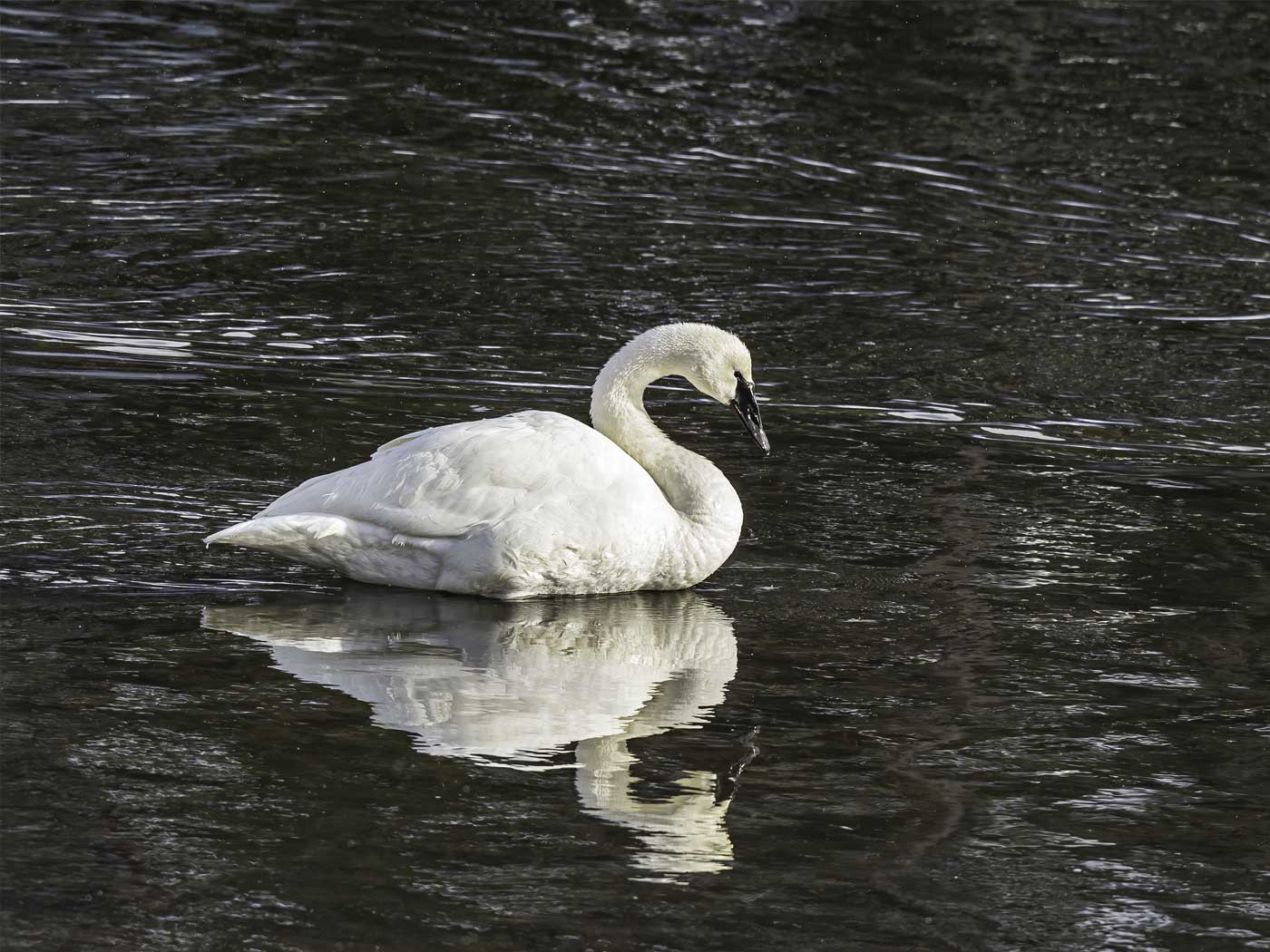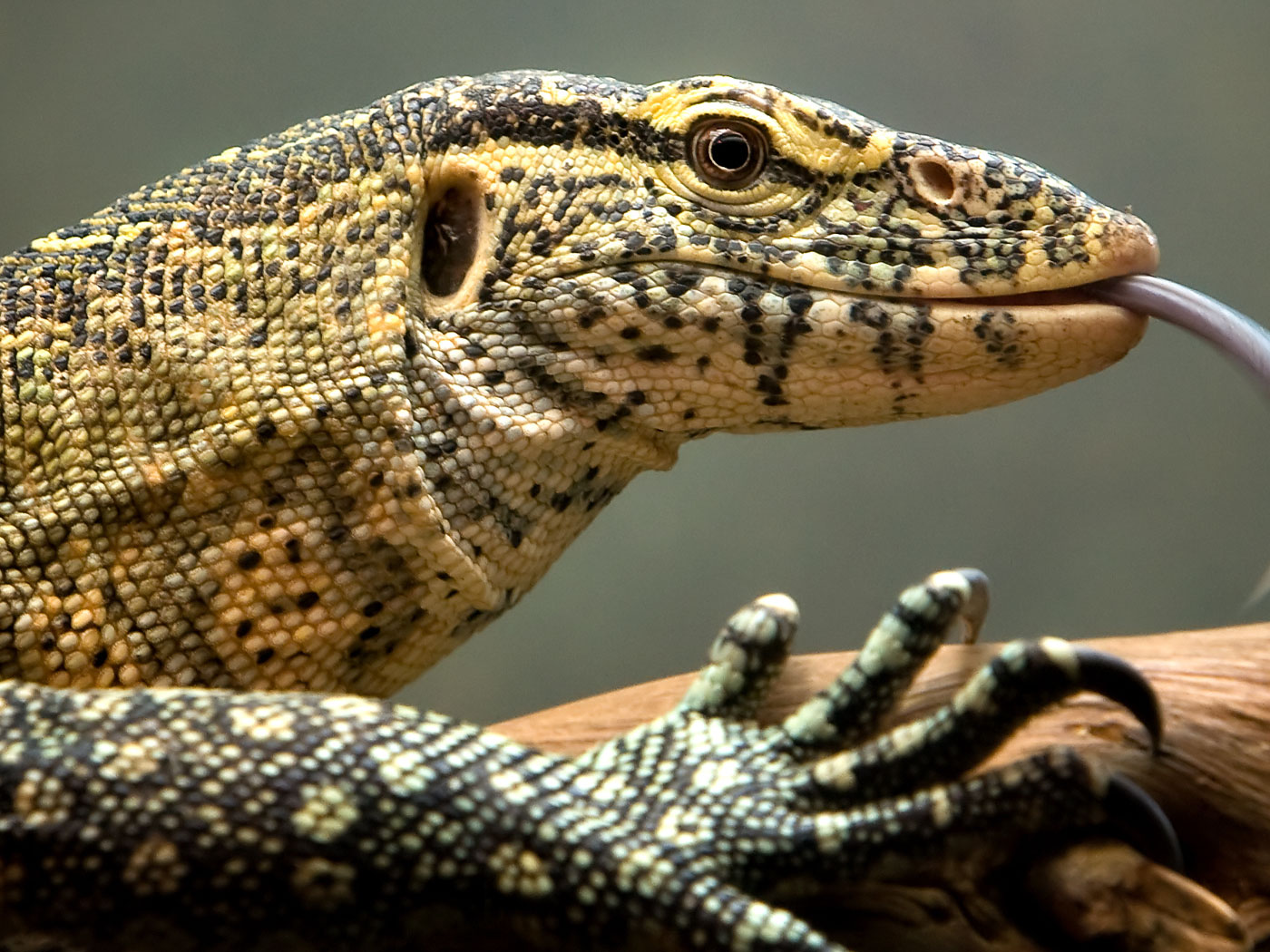Archaeologists concur that modern domestic cattle descended from wild aurochs in the Middle East. But recent DNA analysis showed that many aurochs were actually included in the first domesticated herd. And like other studies of plant and animal origins, these results show that cattle history matches best with biblical history.
Ruth Bollongino and her team at Germany's University of Mainz, whose study appears in Molecular Biology and Evolution, examined mitochondrial DNA from 15 ancient cattle bones found in Iran. The researchers compared ancient DNA sequences with those of modern domestic cattle. Their results indicated that "around 80 female aurochs were initially domesticated."1
Such a low number suggests that domestication was not random, nor was it spread across a wide region. Instead, it was "a more complex and challenging process," according to the study authors.1
A separate study of Russian foxes showed that when breeding pairs were artificially selected for docile temperament, complete domestication occurred in six generations.2 But this involved capturing wild foxes, retaining them in cages, and breeding them with organized intent.
Researchers found that very few members in the founding population of domestic cattle existed, indicating that ancient humans caught wild aurochs and bred them to be domesticated, similar or identical to recent domestication of wild foxes.
And these results support biblical history, rather than evolutionary history, in at least two ways. First, domestication should have occurred soon after the Flood in the Middle East, since that is where Noah's ark landed and post-Flood populations took root. Likewise, domesticated pear and apple trees, wheat,3 small dogs,4 and—according to a University College London press release reporting Bollongino's research results—"goats, sheep and pigs" also originated in the Middle East.5
Second, in order to domesticate cattle from a few select wild aurochs, ancient people must have been just as smart and strong, if not more so, as the people of today.6 No good evidence backs evolutionary claims of brutish, ape-ish human ancestry.
This science indicates that fully capable people intentionally domesticated cattle in the Middle East thousands of years ago—right in line with the words of Genesis.
References
- Bollongino, R. et al. Modern Taurine Cattle descended from small number of Near-Eastern founders. Molecular Biology and Evolution. Posted on oxfordjournals.org March 14, 2012, accessed April 3, 2012.
- Thomas, B. 2012. On the Origin of Dogs. Acts & Facts. 41 (1): 16.
- Thomas, B. Small Dogs Came from the Middle East. ICR News. Posted on icr.org March 9, 2010, accessed April 3, 2012.
- Thomas, B. Where Did Apple Trees Come From? ICR News. Posted on icr.org December 22, 2009, accessed April 3, 2012.
- DNA traces cattle back to a small herd domesticated around 10,500 years ago. UCL News. Posted on ucl.ac.uk March 27, 2012, accessed April 3, 2012.
- Thomas, B. Discoveries Show Early Mankind Was Advanced. ICR News. Posted March 17, 2010, accessed April 3, 2012.
* Mr. Thomas is Science Writer at the Institute for Creation Research.
Article posted on May 7, 2012.














